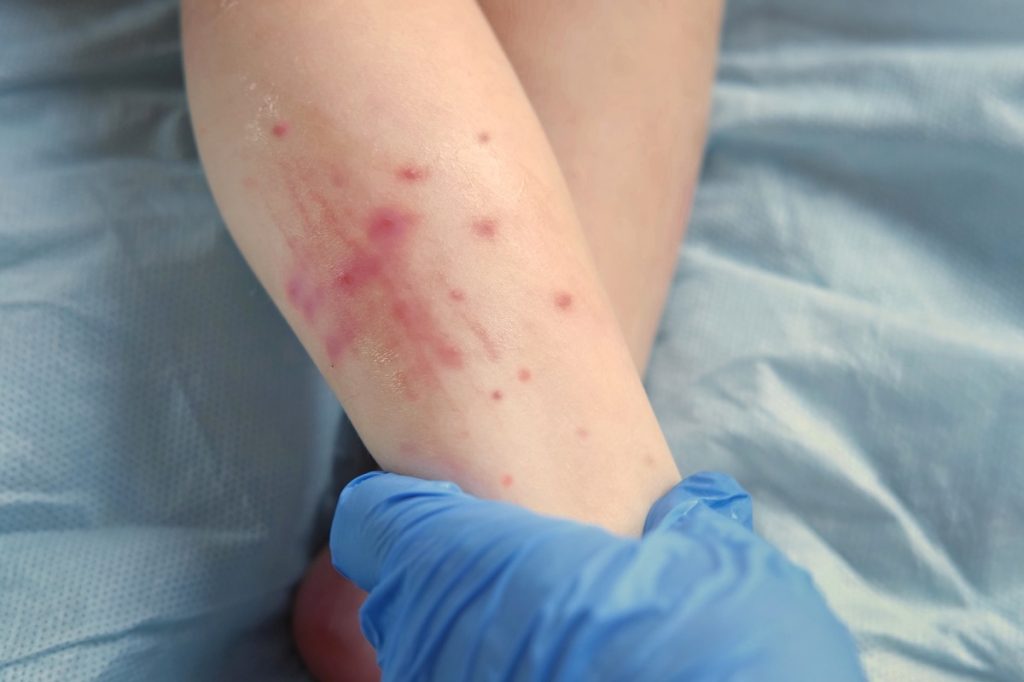The COVID-19 pandemic has made us more aware of potential outbreaks. Health officials are now concerned about the resurgence of measles, which is spreading in nine states. The Centers for Disease Control and Prevention (CDC) has labeled this outbreak as “staggering.” Here’s a closer look at the reported cases and the reasons behind the unexpected return of this once-controlled viral infection.
In recent years, measles had been considered eliminated in the U.S. However, the virus can resurface when international travelers bring it back to the country. Health officials are now worried about a domestic outbreak. Since December 1, at least 23 confirmed measles cases have been reported, including two outbreaks with more than five related infections each.
The issue is not confined to the U.S. The World Health Organization (WHO) reported a significant increase in measles cases in Europe, from less than 1,000 to over 30,000 in 2023. Additionally, the number of countries with substantial outbreaks rose from 32 in 2022 to 51 in 2023.
Most of the reported cases in the latest outbreak were among unvaccinated children and adolescents, according to the CDC. Existing vaccines for measles are 97 percent effective when both doses are administered. However, approximately 61 million measles vaccine doses were missed in 2021, and the rate of children receiving at least one dose of the vaccine before turning one dropped to its lowest level since 2008.
The CDC has emphasized the importance of vaccination in protecting against measles. It has urged healthcare providers to be vigilant for symptoms of measles, which typically appear seven to 14 days after infection and can include a high fever, cough, runny nose, and watery eyes. The agency also advises those who suspect exposure to measles to contact their healthcare provider immediately.
Despite the low overall numbers in the U.S., the CDC stresses the need for preventative measures. WHO’s regional director for Europe, Hans Henri P. Kluge, emphasizes the urgency of vaccination efforts in halting transmission and preventing further spread.
For more up-to-date information, consult our daily newsletter and always seek professional guidance for any health concerns.













